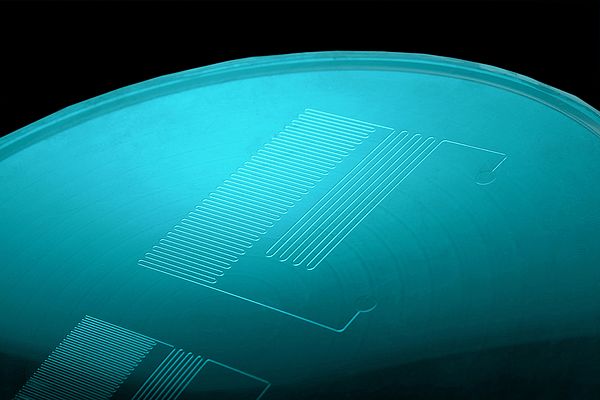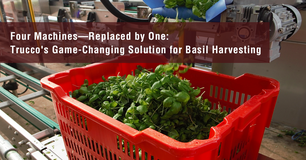There is certainly no shortage of lab-on-a-chip (LOC) devices, but in most cases manufacturers have not yet found a cost-effective way to mass produce them. Scientists at the Fraunhofer Institute for Production Technology IPT in Aachen want to find out why so many LOCs are not a commercial success. They are working with colleagues from polyscale GmbH & Co. KG, an IPT spin-off, and ten other industrial partners from Germany, Finland, Spain, the United Kingdom, France and Italy on ways to make LOCs marketable. Their ML² project is funded by the EU's Seventh Framework Programme (FP7), which is providing a total of 7.69 million euros in funding through fall 2016. "One of the main reasons LOCs don't make it to market is that the technologies used to fabricate them are often not transferrable to industrial-scale production," says Christoph Baum, group manager at the IPT. What's more, it is far from easy to integrate electrical functions into pocket labs, and of the approaches taken to date, none has yet proved suitable for mass production.
The ML² project aims to completely revise the way pocket labs are made so they are more suited to series production. "Our objective is to create a design and production platform that will enable us to manufacture all the components we need," says Baum. This includes producing the tiny channel structures within which liquids flow and react with each other, and coating the surfaces so that bioactive substances can bond with them. Then there are optical components, and electrical circuits for heating the channels, for example. The experts apply each of these components to individual films that are then assembled to form the complete "laboratory". The films are connected to one another via vertical channels machined through the individual layers using a laser.
The first step the researchers have taken is to adapt and modify the manufacturing process for each layer to suit mass-production requirements. When it comes to creating the channel structures, the team has moved away from the usual injection molding or wet chemical processing techniques in favor of roll-to-roll processing. This involves transferring the negative imprint of the channels onto a roller to create an embossing cylinder that then imprints a pattern of depressions on a continuous roll of film. The electrical circuits are printed onto film with an inkjet printer using special ink that contains copper or silver nanoparticles.
Each manufacturing stage is fine-tuned by the researchers in the process of producing a number of demonstrator LOCs - for instance a pregnancy test with a digital display. These tests are currently produced in low-wage countries, but with increased automation set to slash manufacturing costs by up to 50 percent in future, production would once again be commercially viable in a high-wage country such as Germany. The team aims to have all the demonstrators built and the individual manufacturing processes optimized by 2014. Then it will be a case of fitting the various steps in the manufacturing process together, making sure they match up, and implementing the entire sequence on an industrial scale.






















































